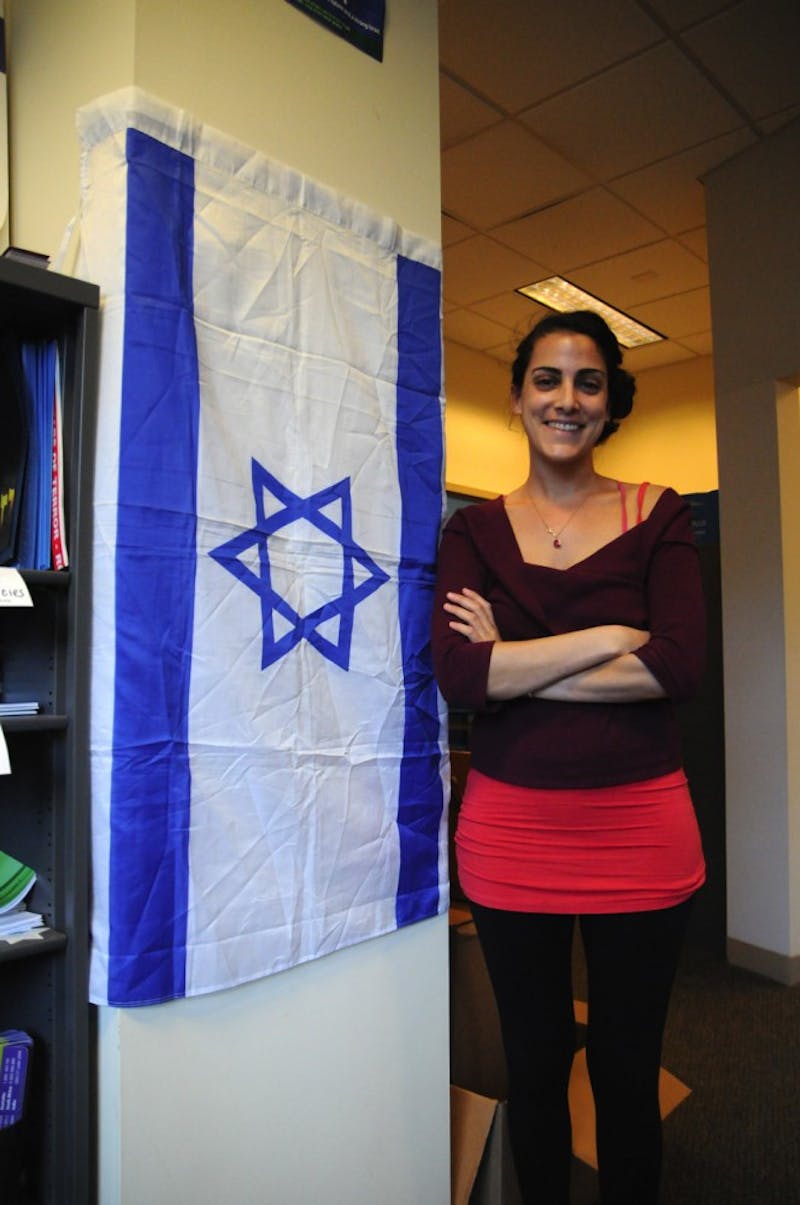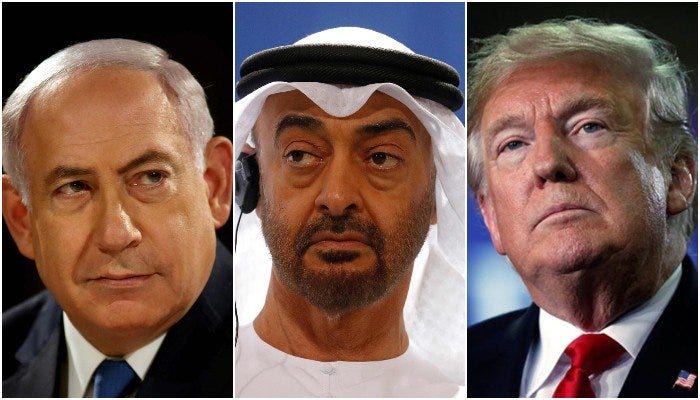On August 13,
2020, US President Donald
Trump, Israeli Prime Minister Benjamin Netanyahu, and Crown Prince of Abu
Dhabi Sheikh Mohammed Bin Zayed mutually signed a peace agreement (The Abraham
Accord) for full normalization of relationships between Israel and the UAE
(United Arab Emirates). This is a
significant historical development. The
UAE now joins Egypt and Jordan who previously made peace with Israel in 1979
and 1994 respectively. This will open a
bundle of opportunities for Israel and the UAE such as “diplomatic engagement,
increased economic integration,” “security coordination,” and other cooperation. The parties involved will also work for a
just, comprehensive, and lasting resolution to the Israeli-Palestinian
conflict. Following President Trump’s Vision
for Peace, all Muslims who come in peace may visit and pray at the Al-Aqsa
Mosque, and Jerusalem’s other holy sites are to remain open for peaceful worshippers
of all faiths.
The agreement gets
its name from Abraham who some consider the father of the three great faiths:
Judaism, Christianity, and Islam. There
is an apparent omission in the Abraham Accord from the earlier Peace
to Prosperity document that was released in January of this year by the
United States. The document stated that “people
of every faith should be permitted to pray on the Temple Mount/Haram al-Sharif,
in a manner that is fully respectful to their religion.” The Abraham Accord makes no mention of this
argument, yet, it does not revoke the concept either. Perhaps, time will reveal if there is a
consensus on allowing people of faith to pray on the Temple Mount/Haram
al-Sharif. Certainly, there have been
Christians and Jews who have prayed at the location in the quietness of their
own heart. Could there be more public
prayer and worship allowed?




